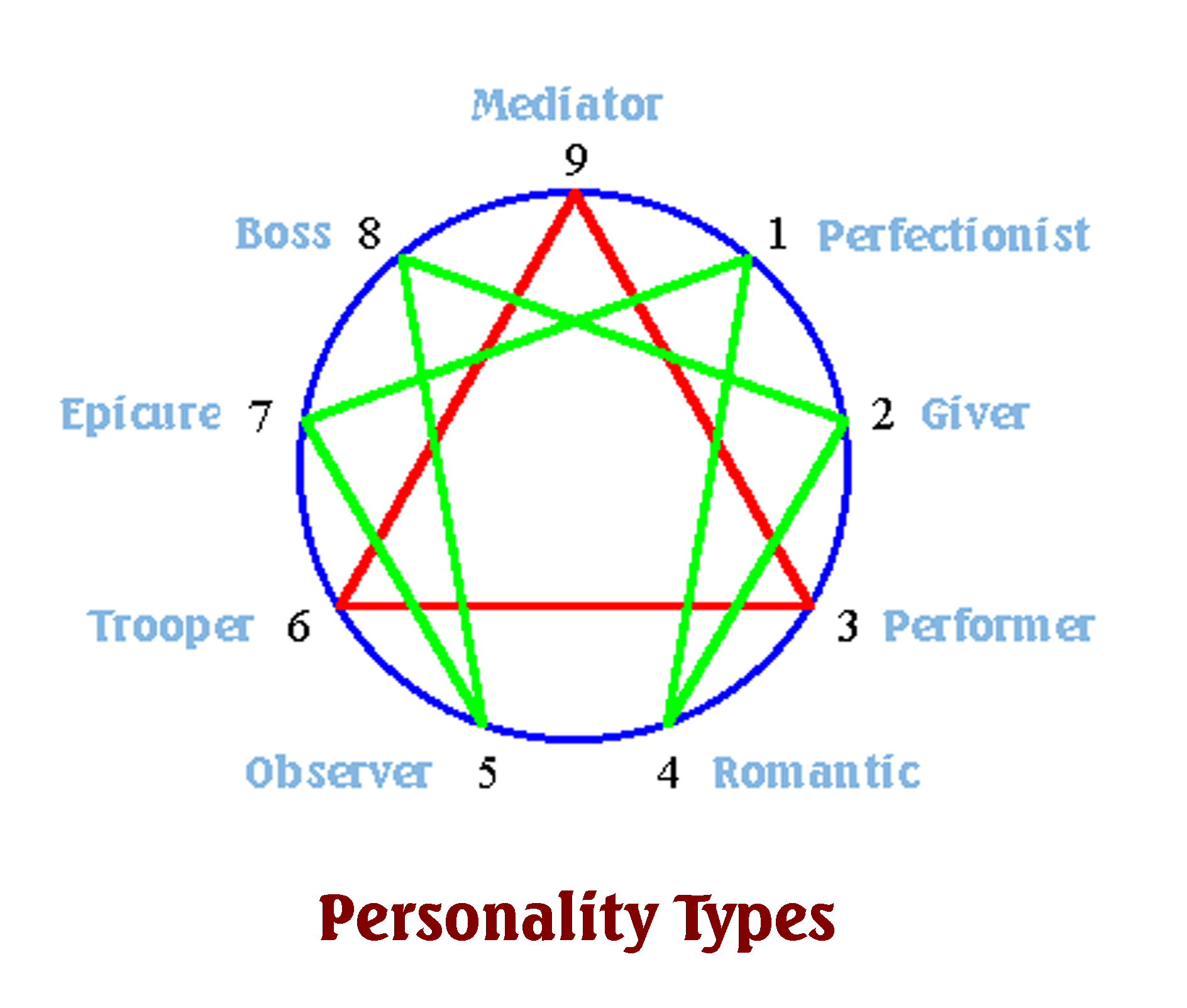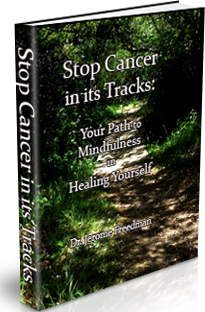What are the most common causes of emotional distress? What are the best meditation practices for reducing emotional distress? What does emotional distress come from?
Fear is definitely one of these causes. When we are afraid, we are out of our element and not able to think straight. We are tuned into the fight or flight response and we don’t know where to turn.
Stress is another factor contributing to emotional distress. How we handle stress dictates how clear we are in our minds and bodies.
Physical pain and suffering also contribute to our distress. We become fearful that we might have cancer or some other distressing disease. How we handle that determines how easy or difficult our recovery will be.
Meditation Practices For Reducing Emotional Distress
Ezra Bayda on the Tricycle Magazine Wisdom Collection offers four meditation practices for reducing emotional distress. The first reminder is to awaken aspiration (remember to practice!):
When the clarity of practice becomes obscured by the dark and swirling energy of emotional distress, it is useful to have some clear and concise reminders to bring us back to reality. The first reminder is to awaken aspiration. On an elementary level, to awaken aspiration means simply that we remember to practice. Once we remember to practice, to awaken aspiration means that we see our particular distress as our path. Instead of seeing our distress as the enemy, as something to get rid of; instead of giving it juice by solidifying the thoughts around it into the heaviness and drama of “me,” we learn to view distress as our opportunity to see and to open. We relate to it as our path to awakening.
The second reminder is to awaken curiosity:
The second reminder is to awaken curiosity, asking the practice question, “What is this?” This is not an expression of idle curiosity, nor is it an analytical exploration. It’s awakening the desire to know the truth of the moment through experiencing the physical reality of our being. We cannot experience physical reality as long as we’re blaming, wallowing in “poor me,” trying to escape, or giving credence to powerful thoughts such as “This isn’t fair” and “I can’t do this.” The thought realm is where we stay stuck; it’s where things become solid, dark, and unworkable. In awakening curiosity, we retum over and over again to the bodily experience of the moment, to the physical “whatness” of our experience, which is movable, light, and workable.
The third reminder is to awaken humor:
The third reminder in working with distress is to awaken humor, or at least some wider perspective. Any time we’re obsessing over something that’s happening mainly in our thoughts, it is helpful to remember Mark Twain’s words: “I’m a very old man. I’ve had lots of problems. Most of them never happened.”
The forth reminder is awaken lovingkindness, or unconditional friendliness towards ourselves:
The fourth reminder is to awaken lovingkindness. This is the ability to bring nonjudgmental awareness from the heart to the unwanted aspects of “me.” This reminder can’t be overemphasized. It’s so natural to want to confirm what is most negative about ourselves that we don’t even think about activating compassion or kindness. In fact, much of the heaviness of our distress comes from the belief that we should be different.
All of these practices have the nice result of experiencing what our emotional distress feels like in our bodies. We need meditation practices for reducing emotional distress in order to remember to look inside and feel what is going on in our bodies, instead of adding addition suffering on top of what is already going on.
What Do You Do to Reduce Emotional Distress?
Do you have a meditation practice to reduce emotional distress? Or do you wallow in self-pity for some time before taking any action?
A friend of mine offers a meditation practice for reducing emotional stress which he calls, “Remove the Object Meditation.” I’ll be happy to share this with you at your request. Just comment below or share this post and I’ll find you!
Thanks for reading my blog!








I am curious to know about this type of meditation. I don t think i wallow but i do get stuck.
Donna:
The four techniques presented in the post are very useful.
Another one that I like to teach is finding something beautiful each day to really appreciate in the moment.
Do you think you can do this?
Thanks for your comment!
Jerome